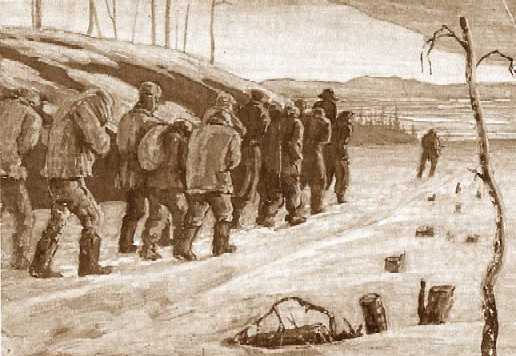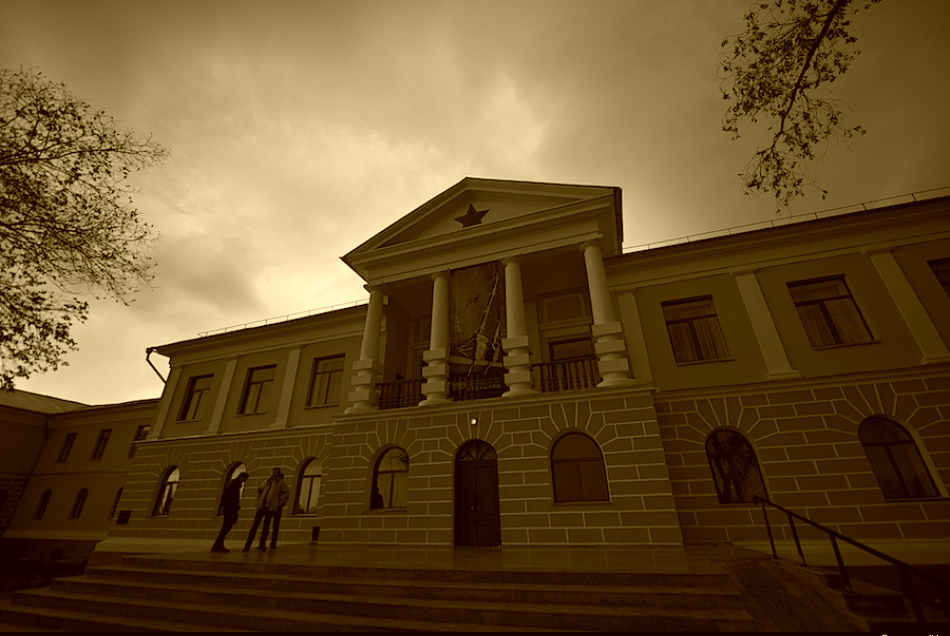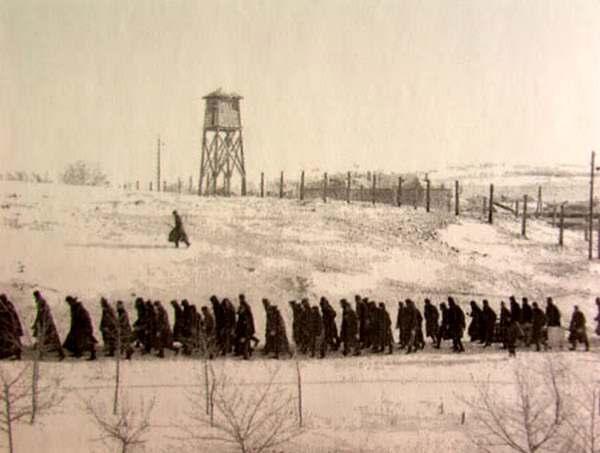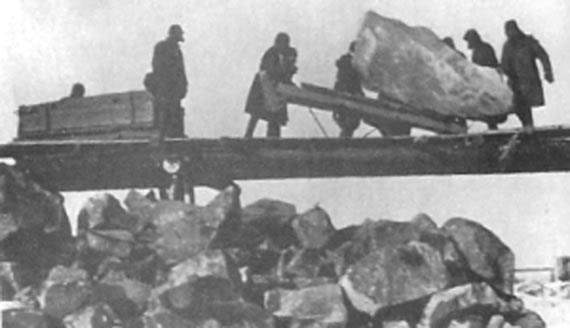
Kazakhs, Germans, Russians, Romans, Hungarians, Poles, Belarusians, Jews, Chechens, Ingush, Frenchmen, Georgians, Italians, Kyrgyz, Ukrainians, Japanese, Finns, Lithuanians, Latvians, and Estonians... Infernal millstones of the People’s Commissariat for Internal Affairs (NKVD) ground everyone without looking at nationality.

The Karlag was one of the biggest corrective labor camps of the General Camp Administration (GULAG). It was situated in the territory of Karaganda region, Kazakhstan.
The Karlag was established on December 19, 1931. Its center was located in the village of Dolinka, 45 kilometres away from the city of Karaganda. 120 thousand hectares of cultivated land and 41 thousand hectares of grassland went to the camp.
By 1940 developed area of the camp’s territory had accounted 1 780 650 hectares. The camp extends around 300 km from north to south and approximately 200 km from east to west.

One of the main functions of the Karaganda camp was to use free labor of prisoners to create base of food for developing coal mining and metallurgic industry in Central Kazakhstan: Karaganda coal basin, as well as copper smelters in Dzhezkazgan and Balkhash.
Massive arrests of peasants began in 1931 in the Volga region, Penza, Tambov, Kursk, Voronezh and Orlov areas.
Colonization of Kazakhstan and creation of industrial centers required railway communication with central parts of Russia. The first prisoners of the Karlag were sent to construct a railway from Akmolinsk to Karaganda.
In May 1931 the railway was constructed and brought into service.
Then families of the railway’s constructors started being removed to Karaganda region, Osakarovka area. By the autumn of 1931 52 families had been sent to the Central Kazakhstan. People were transported in completely closed carriages designed for livestock. The carriages were full of people. Pregnant women, nursing mothers, children and old people travelled in the same carriages. Many of them died during the trip. The dead bodies were transported together with living people to the place of destination.

To construct the railway Karaganda-Balkhash the strongest and healthiest people were selected. They worked in deplorable conditions. Those who didn’t do the established volume of work obtained less food. Exhausted people fell down dead. Their bodies were laid on railway embankments and covered with soil.
The Karlag possessed real power, weapons, transport. It had its own post service and telegraph. It consisted of 26 localities situated in the radius of 2 — 400 km.
Visiting College of the Karaganda Regional Court worked in the Karlag. Sentences were enforced at the same place. Condemned people were brought to their knees in front of a pit made by other prisoners and shot in nape. Names of executed prisoners were recorded and classified as "passed away". Their personal files were done away with.
Economy of the Karlag flourished. Famous scientists, military leaders, workers of art, politicians monastic people served a term of imprisonment there.

It is believed that over the period of its existence more than one million of prisoners passed through the camp. The archives of the camp are still in secret and it is impossible to identify the approximate number of its victims.
By its closing the Karlag almost didn’t have political prisoners.
On July 27, 1959 the Karaganda Corrective Labor Camp was closed (reorganized into the Places of Detention Administration, Directorate in the Ministry of Internal Affairs, Karaganda region).
All the victories and achievements, historical constructions, mines, roads, factories mentioned in the reports delivered from the Soviet podiums were built through the blood and sweat of those people. Everything was done through their lives. Through broken destinies. Ttragedies of entire peoples and each individual. We have no right to forget about it ...
